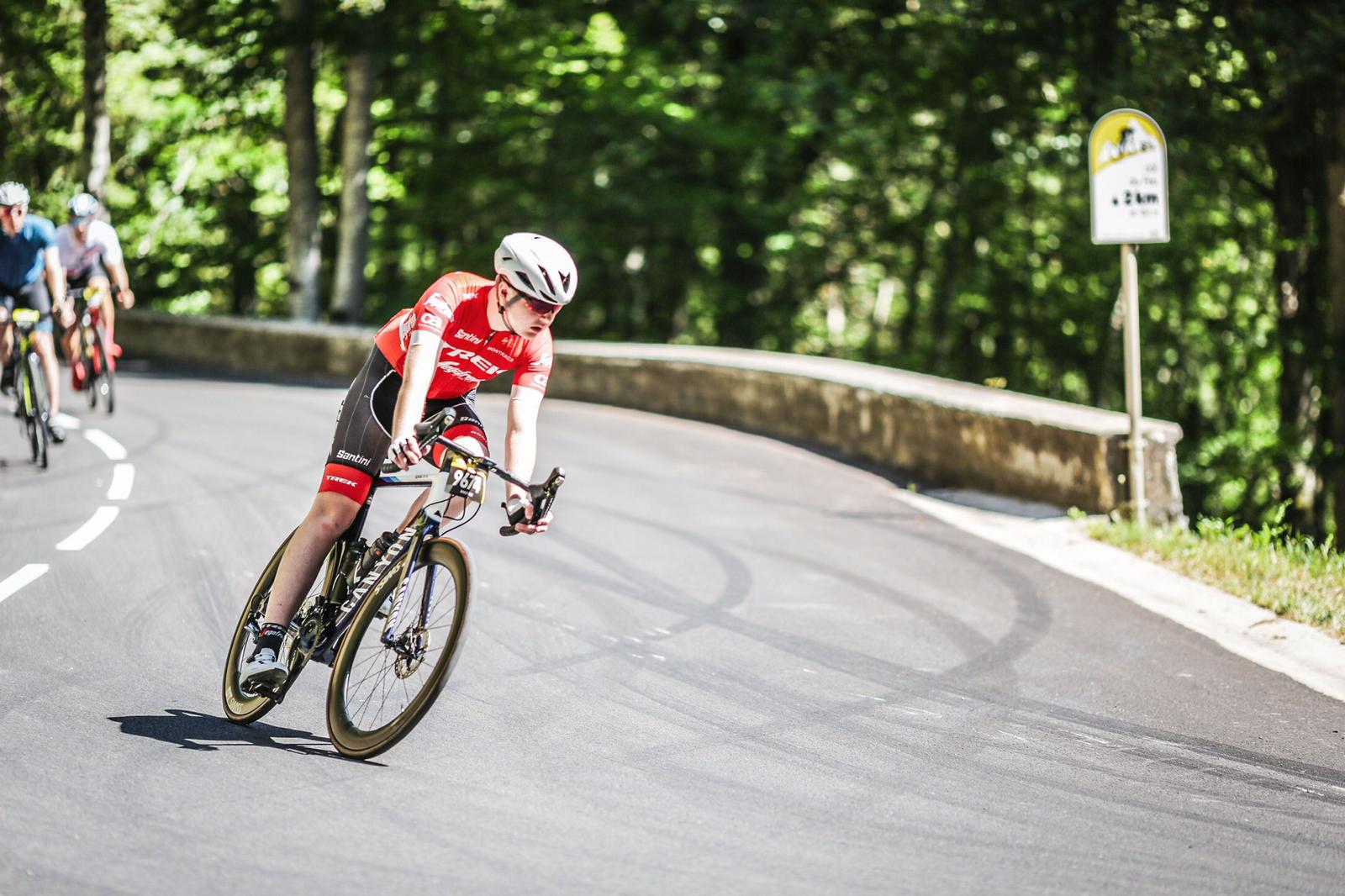Van der Poel the super-domestique and Matthews the nearly man: Five things we learned from Milano-San Remo 2024
From Philipsen’s first Monument victory to Pogačar’s Poggio attacks, this year’s edition of La Classicissima left us with a lot of talking points
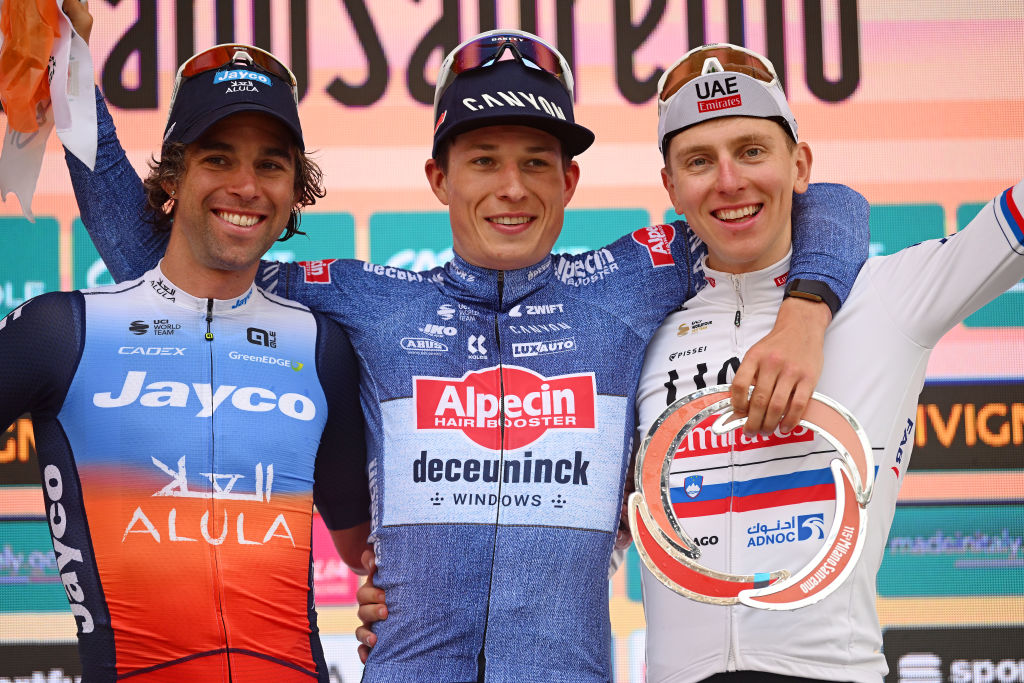
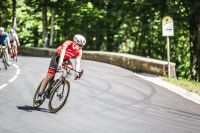
Jasper Philipsen is the best sprinter in the world
This may seem like an obvious one to start with, given the fact that he won four stages and the maillot vert at last year’s Tour de France, but Jasper Philipsen once again proved to everyone why he is currently the best sprinter in the world at Milano-San Remo.
The Alpecin-Deceuninck rider became the first sprinter to win La Classicissima since Arnaud Démare in 2016 and joined the illustrious list of winners that includes the likes of Mark Cavendish, Alessandro Petacchi and Mario Cipollini.
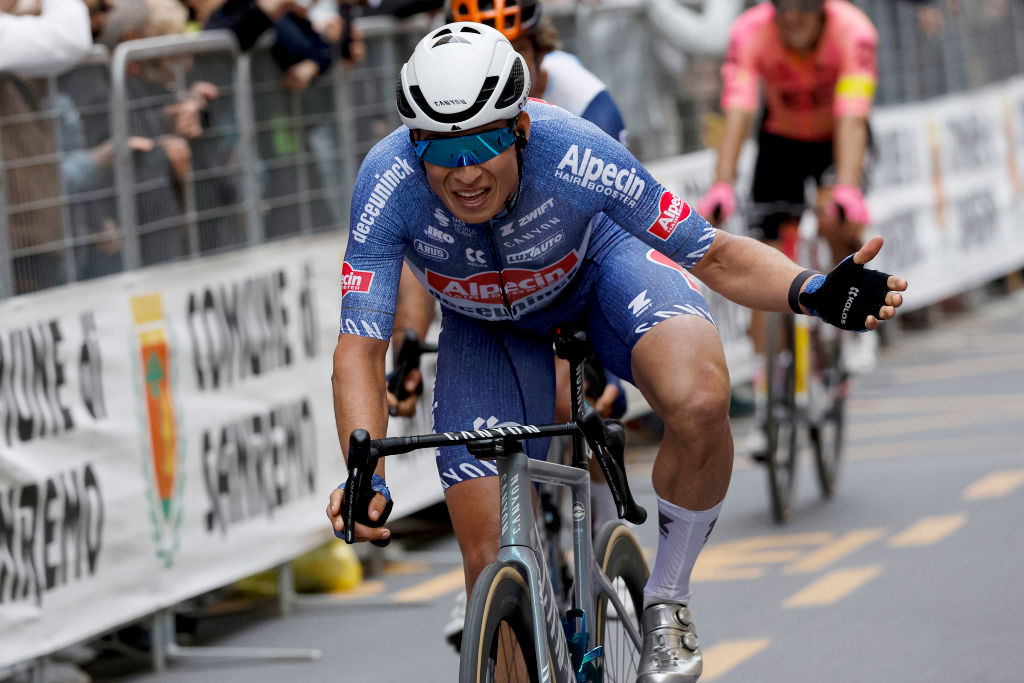
Jasper Philipsen took the victory in the sprint on the Via Roma
This does not necessarily mean that Philipsen is the fastest sprinter in the world, although it would be difficult to argue against given recent results. However, his positioning in the finale and the fact that he timed his sprint to perfection to come around Michael Matthews and pip him on the line are the traits of a truly world class racer.
The way in which he won the race also demonstrated his versatility, as he got over the Poggio in a good enough position to be able to get back to the front of the race to contest the finish. This is often an overlooked trait in sprinters, but if a rider is not at the front in the finale then they cannot win the race, even if they are in the best form of their career.
It is this ability to be competitive on multiple terrains that makes Philipsen a threat at such a wide variety of races, as we have already seen him on the podium at Paris-Roubaix last year and he has now won Milano-San Remo.
Another near-miss for Michael Matthews
Losing by less than half a wheel at a Monument has to be one of the most devastating feelings that a rider can have in professional cycling and after so many near-misses at Milano-San Remo, you have to wonder whether it will ever come good for Michael Matthews at La Classicissima.
The Jayco AlUla rider has previously finished in fourth, third on two occasions and now second at the race, but this one has to have hurt the most given how close he came to taking the win.
The latest race content, interviews, features, reviews and expert buying guides, direct to your inbox!
Matthews could not have done anything more in the sprint to the line, as he was slightly impeded by Jasper Stuyven when opening up his sprint and then a bumping of shoulders with Philipsen during the dash to the line saw him lose his sunglasses and undoubtedly threw him off his rhythm.
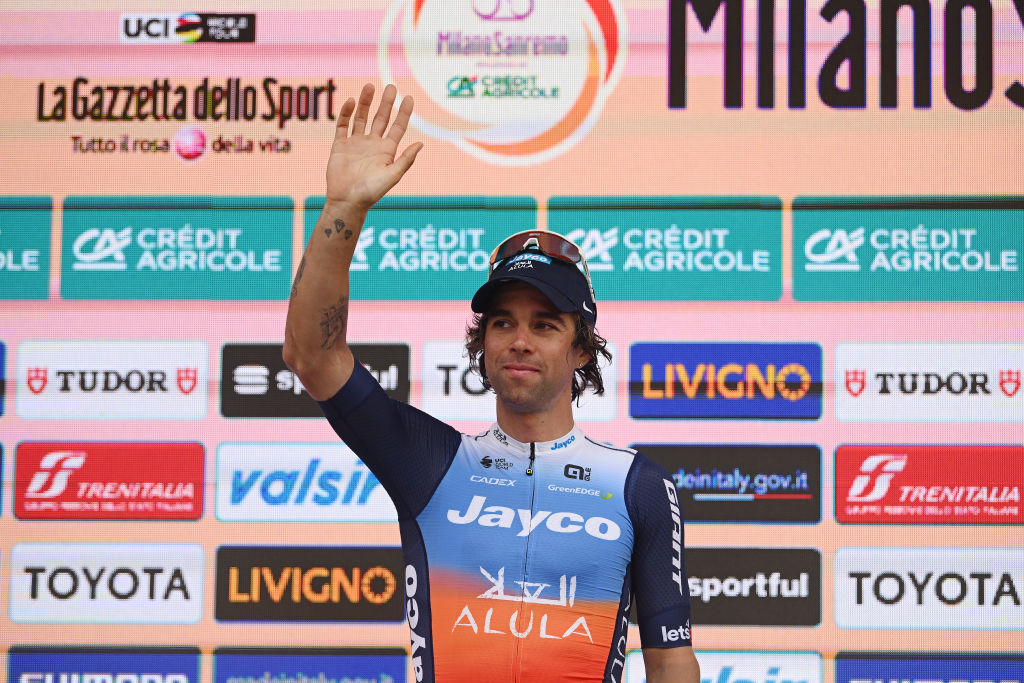
Michael Matthews took his third podium at Milano-Sanremo
Matthews also had the option to go to the barriers in the final hundred metres, but decided to drift into the centre of the road instead of closing the door on Philipsen and forcing him to go the long way round.
Even though such small things may seem inconsequential when looking at the result, when the margin of victory is so narrow even the smallest of things can be decisive.
Now 33, you begin to wonder how many more opportunities Matthews will have to contest the victory at this race with more and more talented young riders rising through the ranks every year.
Tadej Pogačar will win Milano-San Remo at some point
Though we were promised an attack from as far out as the Cipressa by Tadej Pogačar ahead of the race, his two moves on the Poggio were decisive, as he shook up the front group and removed any dead wood that had managed to make their way back on after the penultimate climb.
Despite only being able to get a small advantage over the top of the Poggio before beginning the descent into San Remo, the Slovenian showed that he was clearly the strongest rider in the race alongside Mathieu van der Poel, who was the only one able to go with him on both attacks.

Tadej Pogačar launched animated the race on the Poggio
While he and his UAE Team Emirates teammates may not have ridden the race perfectly in terms of tactics, he was still able to make his move at a decisive moment in the race, but was just unable to get enough separation to go solo over the top of the climb and win the race.
Having said that the race was not hard enough for him in his post-race interview, Pogačar showed that he needs a more attritional race to make the difference. A rainy edition of Milano-San Remo could be the perfect storm that allows him to win the race, given some of his previous performances in cold and wet conditions.
The fact that he was also able to contest the sprint to the line after his two attacks and still managed to finish third behind two sprinters shows that he has what it takes to win a future edition of this race.
Isaac del Toro is a superstar in the making
At 20 years old, Isaac del Toro was the youngest rider in the race at Milano-San Remo, as he made his Monument debut at the earliest possible opportunity in his neo-pro season. Riding in service of Tadej Pogačar, the UAE Team Emirates rider did not look one bit out of place throughout the day.
On the Cipressa, the young Mexican moved his way up to the front of the group to set the tempo for Pogačar, bringing the gap from the peloton to the breakaway to under 20 seconds and dropping several contenders out of the back of the race.
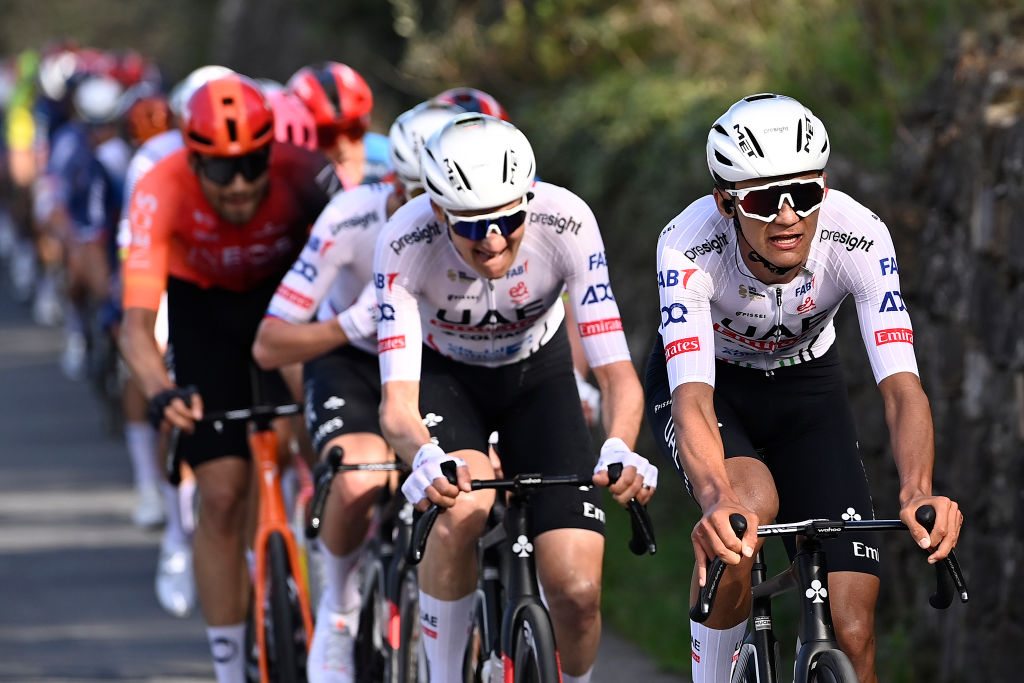
Isaac del Toro strung out the peloton on the Cipressa
Though he was unable to sustain his effort all the way to the summit of the climb, he did play a vital role in whittling down the group ahead of the run-in to the Poggio.
Combine this with the performances that he has already shown at races such as the Tour Down Under and Tirreno-Adriatico this season, it is clear to see that this rider will be a superstar of the sport in the future.
Whether or not he will be able to win a race the size of Milano-San Remo is yet to be seen, but he has already made a strong case for more leadership opportunities later this season.
Mathieu van der Poel is an amazing super-domestique and an even better friend
After taking the victory at this race last year, it would have been easy for Mathieu van der Poel, in his World Champion’s jersey (and matching white shorts), to just sit in during the finale and contest the sprint, or maybe even try his luck by launching a late flyer like we saw from Tom Pidcock.
However, the Alpecin-Deceuninck rider set his own personal ambitions aside in the final kilometre, as he went all-in for Jasper Philipsen, chasing down late attacks and pulling the group from the flamme rouge until around 300 metres to go.
Van der Poel’s efforts were vital in closing down Pidcock and without them Philipsen would have almost undoubtedly lost the race.
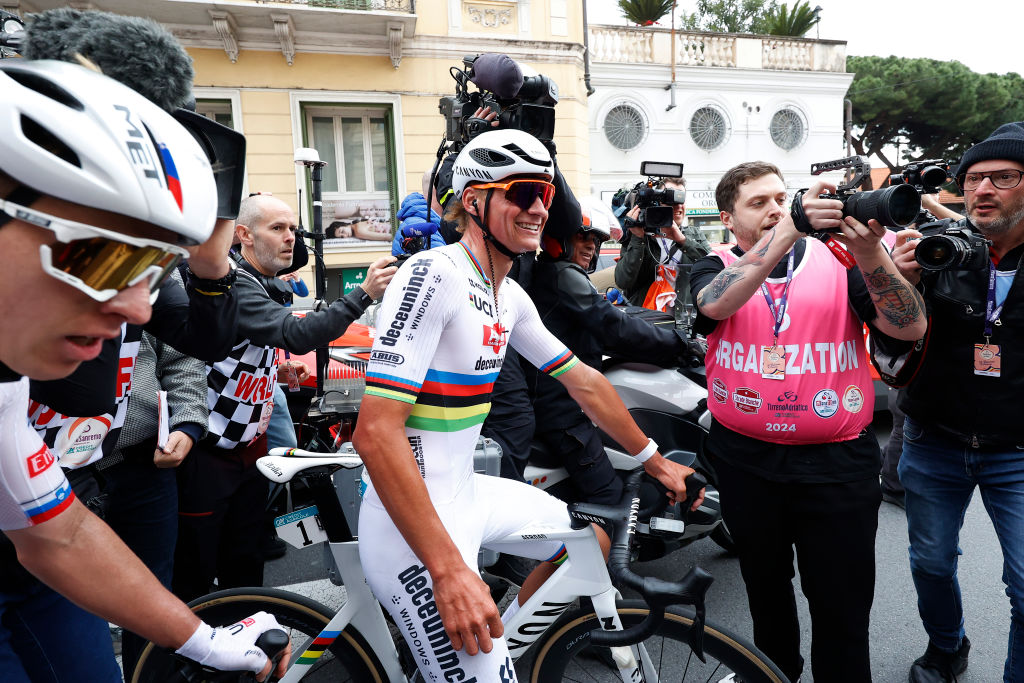
Mathieu van der Poel was all smiles at the finish in Sanremo
When the Belgian rider rejoined the front group after the Poggio descent, apparently all it took was for Philipsen to tell the Dutchman that he had good legs and that was it, Van der Poel went to the front and fully committed himself for his teammate.
We have already seen Van der Poel prove himself to be an excellent super-domestique, as he worked as a leadout man for Philipsen at last year’s Tour de France. However, the Classics are his domain and it shows the trust that he has in his teammate to sacrifice his own result to help his friend.
It ultimately turned out to be the right call, as Alpecin-Deceuninck celebrated back-to-back victories at Milano-San Remo and Jasper Philipsen took his first Monument victory, which will undoubtedly spur him on for the rest of the season.
Bonus: Is this the best race of the year?
Above all, Milano-Sanremo showed us once again why it is one of the greatest races on the calendar, as it provided us with around half an hour of some of the most nail-biting, tense and exciting racing that we will see all season.
The comparison to an opera has almost become cliché over the years, as it starts off slowly before building up to a big crescendo on the Poggio before they go down the other side on the twisting descent into Sanremo and onto the Via Roma.
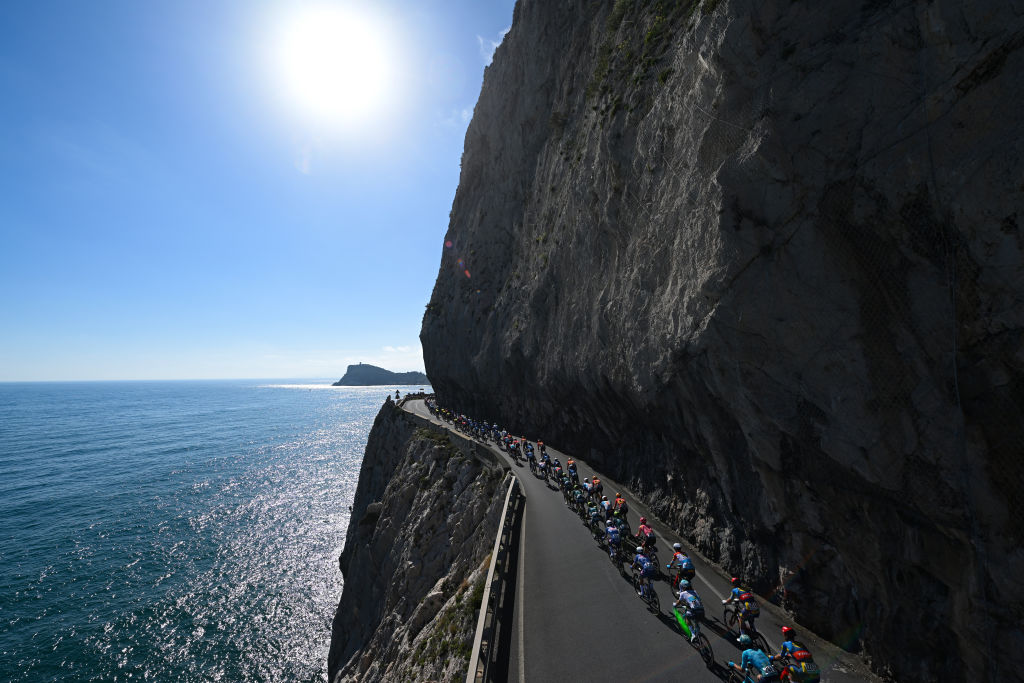
Milano-Sanremo has some of the best scenery on the calendar
Though many often criticise the length of the race, saying that it is too long and labelling it as ‘boring’, those 260 kilometres before the Cipressa are vital in numbing the legs of the riders, which then makes the late attacks so enthralling to watch, as riders struggle to find that last bit of energy that they have in reserve in order to hold on.
The fact that you can also have sprinters such as Jasper Philipsen going up against a Tour de France winner such as Tadej Pogačar makes it such an exciting race, as you never know who is going to win, making it so unpredictable.
The one constant though is that whoever wins the race is usually deserving of the victory, as riders will often say that it is the easiest race to finish, but the hardest race to win, which is why it is one of the five Monuments of the sport.
Joseph Lycett is a freelance journalist for Cycling Weekly, who contributes to our WorldTour racing coverage with race reports and news stories. Joe is also a keen cyclist, regularly racing in his local crits and time trials.
